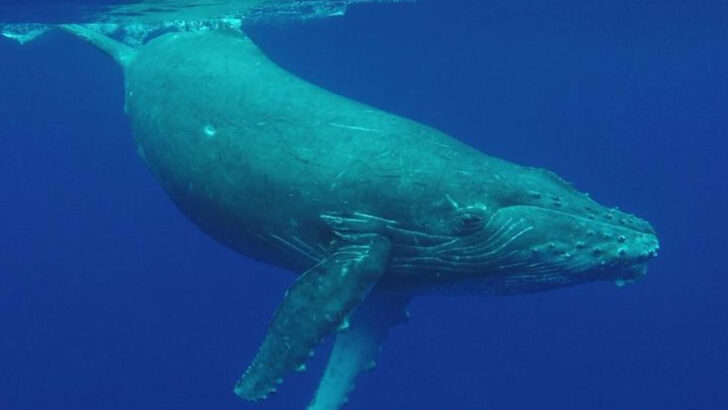Some animals don’t need claws or venom to make their presence known—they rely on sheer strength. Whether it’s lifting ten times their weight, breaking bones with a single bite, or dragging prey twice their size, these creatures are built for power. From dense jungles to icy oceans, strength plays a huge role in how animals hunt, survive, and protect themselves. And it’s not always the biggest ones that impress—some of the most powerful are hiding in plain sight. Understanding these natural forces helps us appreciate just how tough life in the wild can be. Let’s meet the ones that truly define what it means to be strong.
Grizzly Bear
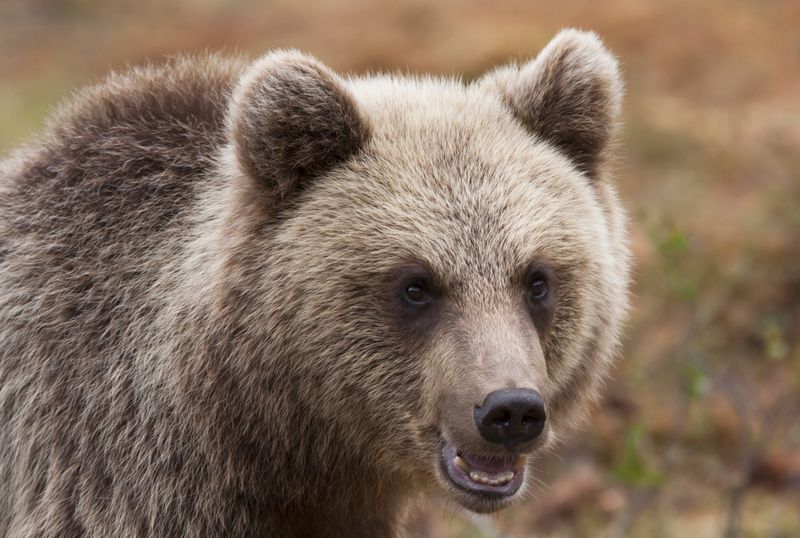
The grizzly bear, with its formidable presence and sheer strength, commands respect across the North American wilderness. Standing up to 8 feet tall on its hind legs, this majestic beast can weigh as much as 1,700 pounds.
Known for their impressive speed and agility, grizzlies can outrun a horse, reaching speeds of up to 35 miles per hour. Their powerful claws and muscular build make them adept hunters and foragers.
A fascinating fact: grizzly bears have a bite force strong enough to crush a bowling ball. Truly, they embody the essence of raw power and wild beauty.
African Elephant
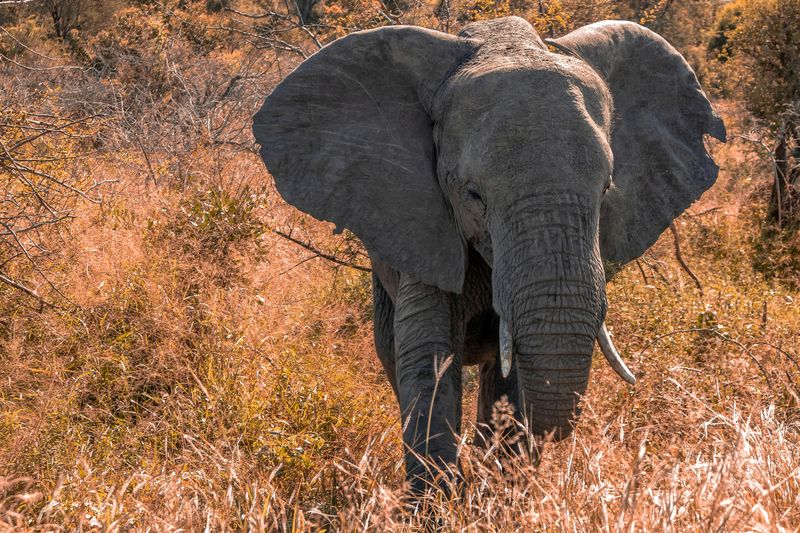
The African Elephant is the largest land mammal on earth, known for its immense strength and intelligence. With trunks capable of lifting over 700 pounds, these gentle giants navigate their environment with grace. Their tusks, powerful tools for digging and defense, can also weigh up to 100 pounds each.
Roaming the vast savannahs, they maintain the ecosystem’s balance by uprooting trees and dispersing seeds. Social creatures, elephants form tight-knit herds led by a matriarch, where young ones learn survival skills. Their majestic presence and remarkable abilities make them a true symbol of power in the animal kingdom.
Blue Whale
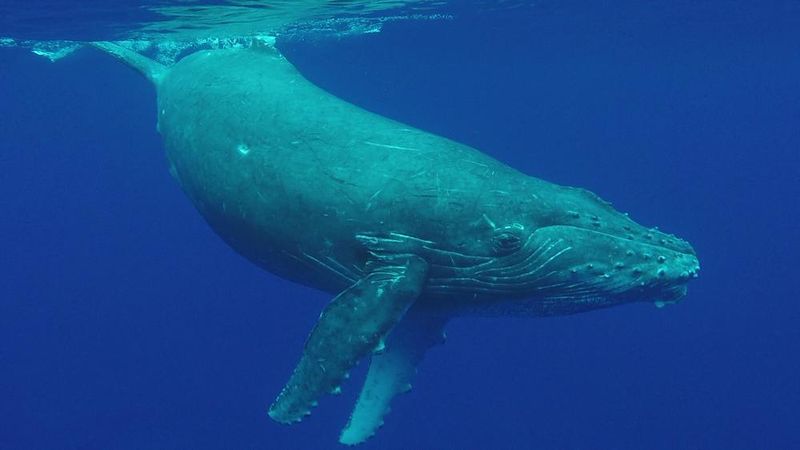
The blue whale, the largest animal ever known to have existed, is a true marvel of nature. Reaching lengths of up to 100 feet and weighing as much as 200 tons, this majestic creature glides through the ocean with grace.
Despite their colossal size, blue whales feed primarily on tiny krill, consuming up to 4 tons daily. Their deep, resonating calls can travel across vast ocean distances, enabling communication with others miles away.
Did you know? A blue whale’s heart is the size of a small car, pumping essential life through their massive bodies.
Jaguar
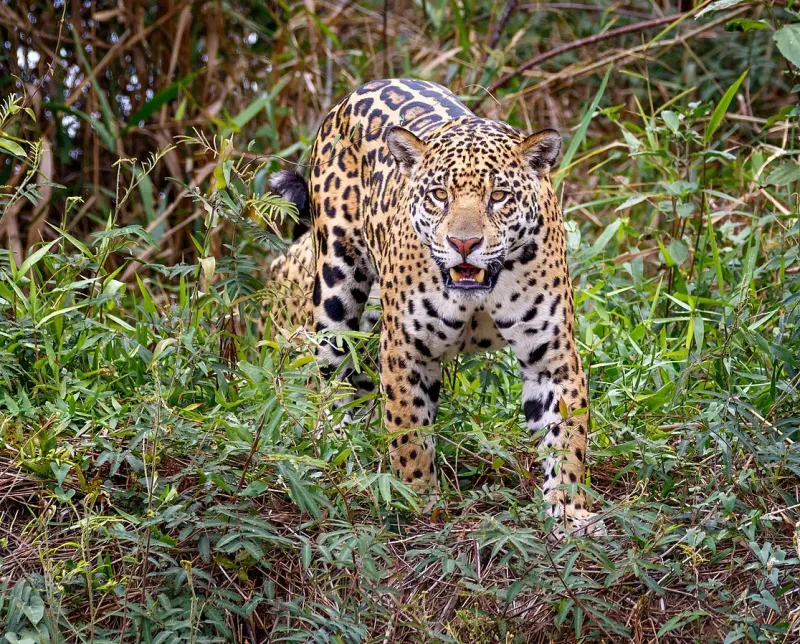
Jaguars, revered for their stunning beauty and extraordinary strength, are the apex predators of the South American jungles. With a powerful and compact build, they excel in both climbing and swimming, making them versatile hunters.
Their bite is the strongest of any big cat, capable of crushing the skulls of prey with ease. Jaguars are solitary creatures, often hunting at night when their unique coat provides perfect camouflage.
Interestingly, jaguars are known for their unique “killing bite,” targeting the skull or neck of their prey. This technique sets them apart in the wild.
Killer Whale (Orca)
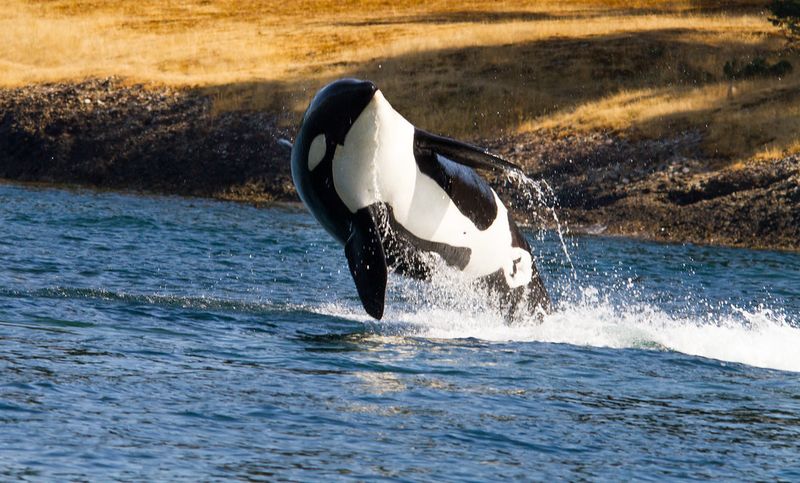
Killer whales, or orcas, are apex predators, renowned for their intelligence and complex social structures. Found in oceans worldwide, these creatures hunt in pods, showcasing remarkable teamwork and strategy.
Their diet is diverse, ranging from fish to seals and even other whales, demonstrating their adaptability. Orcas communicate using a sophisticated system of clicks and calls, unique to each pod.
A remarkable fact: orcas are known to “spyhop,” lifting their heads above water to observe their surroundings. This behavior highlights their curiosity and adaptability in the wild.
Siberian Tiger
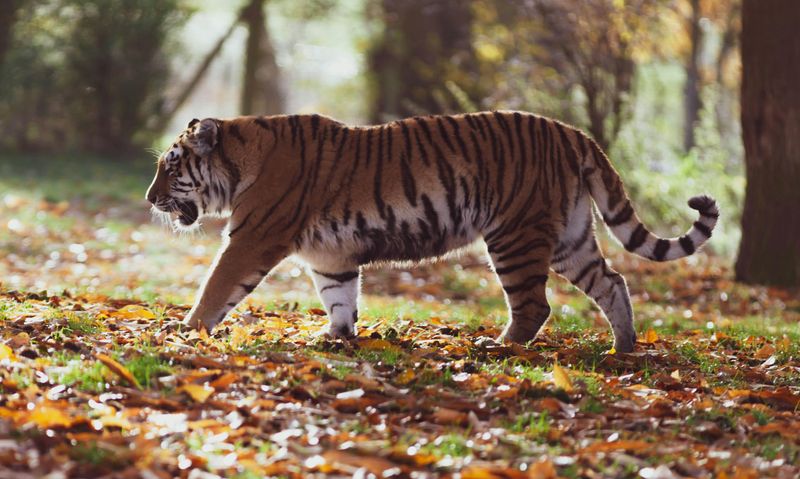
The Siberian Tiger, or Amur Tiger, is a solitary predator renowned for its strength and agility. These big cats possess powerful limbs that enable them to leap great distances and take down prey much larger than themselves. Their striking orange coats with black stripes provide perfect camouflage in their natural habitat.
In the harsh Siberian wilderness, they reign supreme, aided by their keen senses and silent stalking abilities. Despite facing threats from poaching and habitat loss, conservation efforts strive to protect these magnificent creatures. The Siberian Tiger’s prowess and beauty are unmatched in the feline world.
Saltwater Crocodile
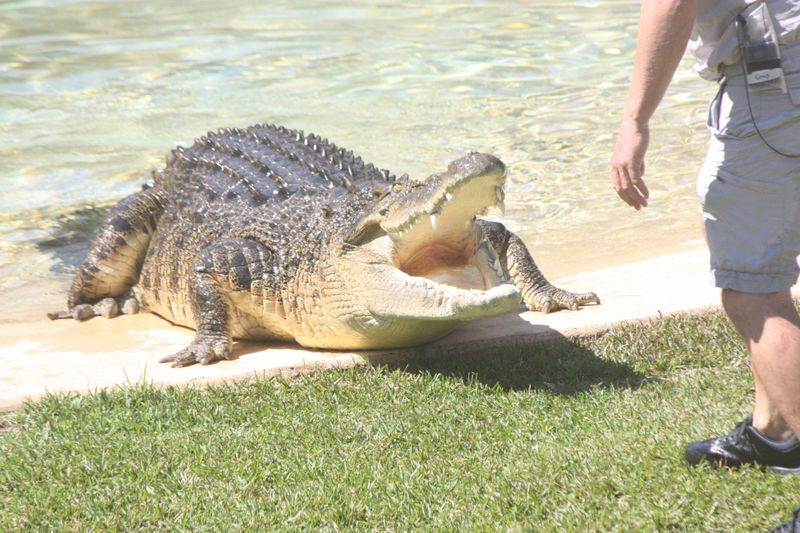
The Saltwater Crocodile, often called the ‘saltie,’ is the largest and most fearsome of all living reptiles. Found in brackish waters and coastlines, these predators are known for their incredible bite force, capable of crushing bones effortlessly.
Their scaly armor and stealthy ambush tactics make them formidable hunters, preying on fish, birds, and mammals. Despite their reputation, they play a crucial role in their ecosystem, controlling the population of species they prey upon. With a lineage tracing back millions of years, the saltie’s survival skills and dominance are legendary.
Polar Bear
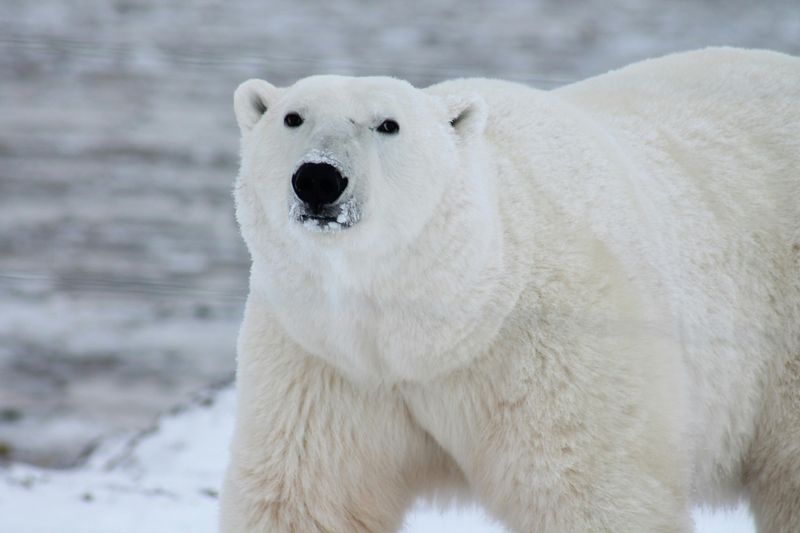
The Polar Bear is a master of the Arctic, perfectly adapted to its frigid environment. Known for their incredible strength, they use their powerful limbs to swim vast distances in search of food. Their thick fur and a layer of fat provide insulation against the freezing temperatures.
As apex predators, they primarily hunt seals, relying on their keen sense of smell to detect prey beneath the ice. These solitary creatures face significant challenges due to climate change, but their resilience and adaptability continue to amaze. The Polar Bear’s prowess in the harshest conditions underscores its status as a formidable carnivore.
Bald Eagle
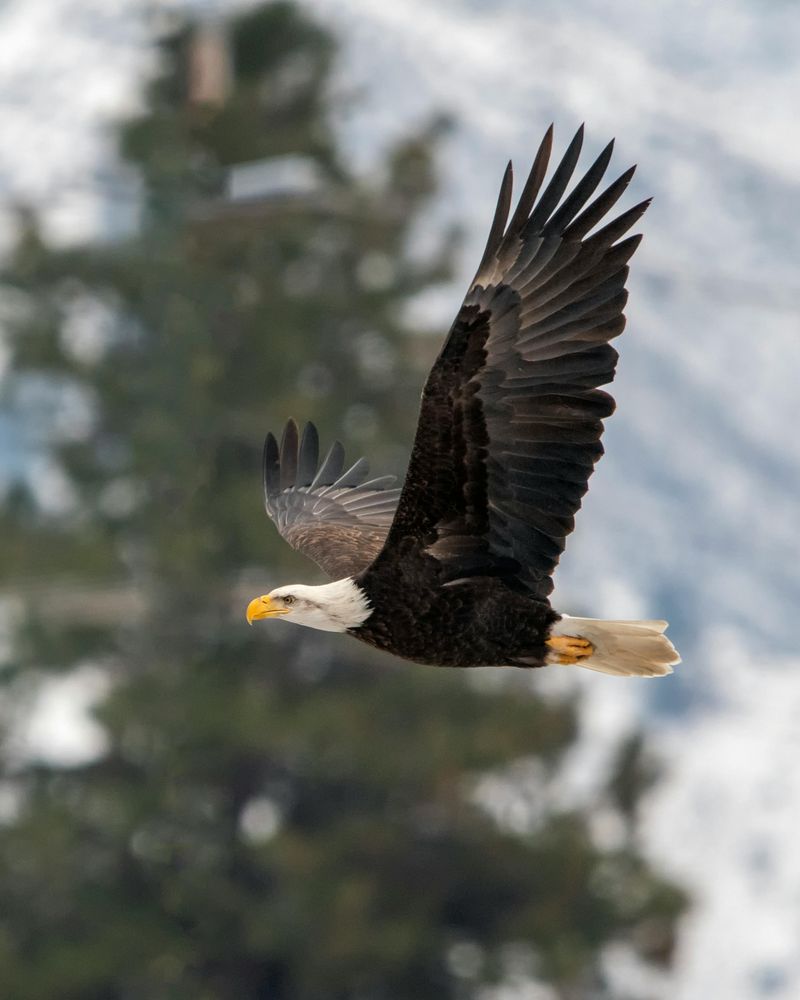
The Bald Eagle, a symbol of strength and freedom, is North America’s largest bird of prey. With wingspans reaching up to 7 feet, these majestic birds soar effortlessly, scanning the land below with their keen eyesight.
Their powerful talons and sharp beaks make them skilled hunters, primarily preying on fish. Nesting high in tall trees, they build massive nests, often returning to the same spot each year. Conservation efforts have successfully restored their populations, once threatened by habitat destruction and pollution. The Bald Eagle’s grace and power continue to captivate all who witness its flight.
Hippopotamus
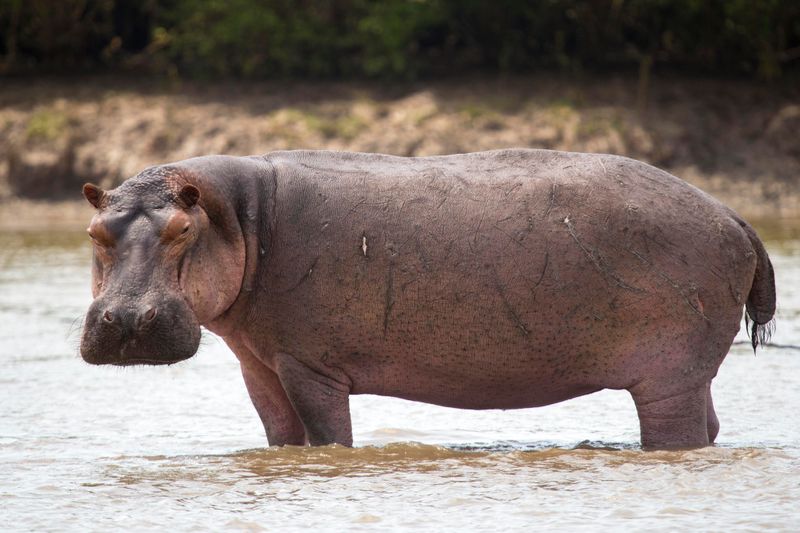
The Hippopotamus, though seemingly docile, is one of Africa’s most dangerous animals, known for its incredible strength and aggression. Spending much of its time in water to keep cool, the hippo can hold its breath for up to five minutes.
On land, they can run surprisingly fast despite their bulky size. Their massive jaws, capable of opening over 150 degrees, can deliver a powerful bite. Often underestimated, hippos play an essential role in their ecosystem by creating channels and pools that benefit other wildlife. Their sheer size and power make them a force to be reckoned with.
Gorilla

Gorillas, the largest primates, are known for their impressive strength and gentle demeanor. Living in the dense forests of Africa, these herbivores primarily feed on leaves, fruit, and shoots. Their social structure revolves around family groups led by a dominant silverback male.
Despite their size, gorillas are gentle giants, using their strength primarily for defense. They communicate through vocalizations and gestures, showcasing complex social behaviors. Conservation efforts are crucial to protect these magnificent creatures from habitat loss and poaching. The gorilla’s combination of strength and intelligence makes them truly remarkable.
Anaconda
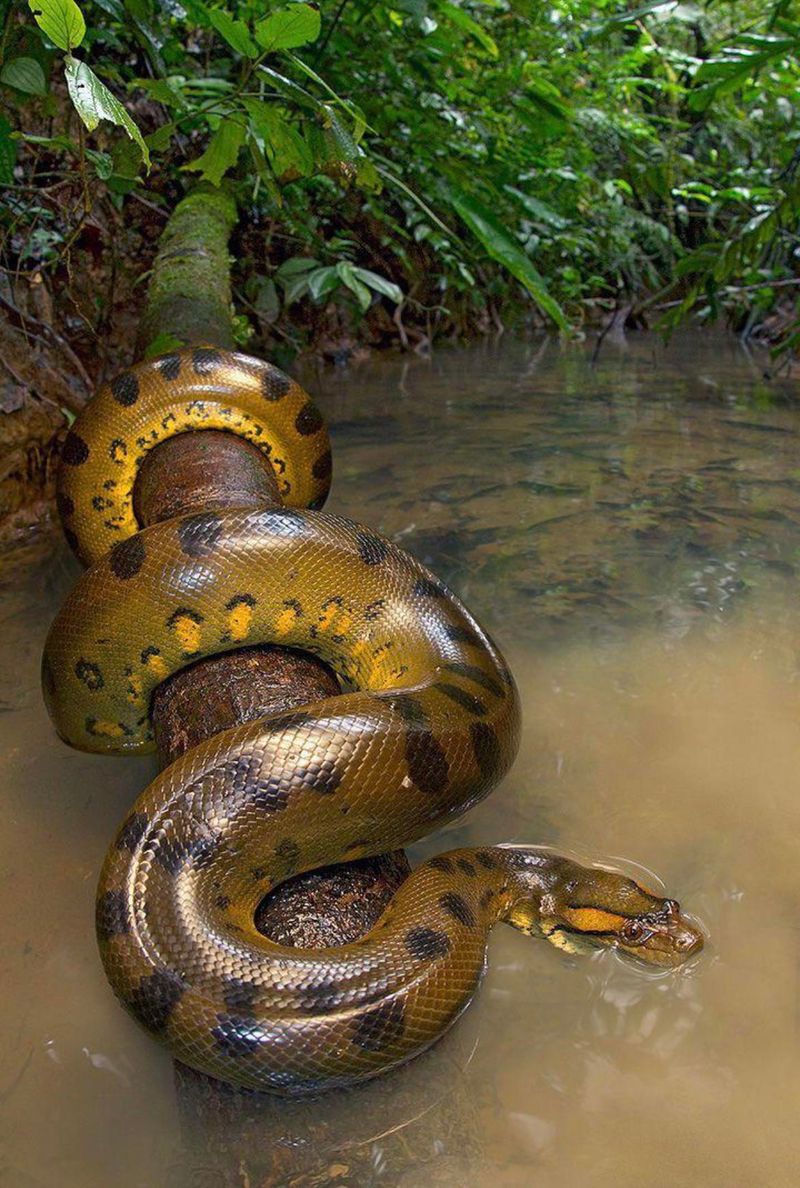
The Anaconda, one of the world’s largest snakes, is renowned for its incredible strength and size. Found in the tropical rainforests of South America, these constrictors can reach lengths of over 30 feet. Their muscular bodies allow them to suffocate and subdue prey much larger than themselves.
Ambush predators, anacondas lie in wait in water or dense vegetation. They play a vital role in their ecosystem by controlling the population of various species. Despite their fearsome reputation, they are often misunderstood and face threats from habitat destruction. The anaconda’s power and adaptability are truly awe-inspiring.

